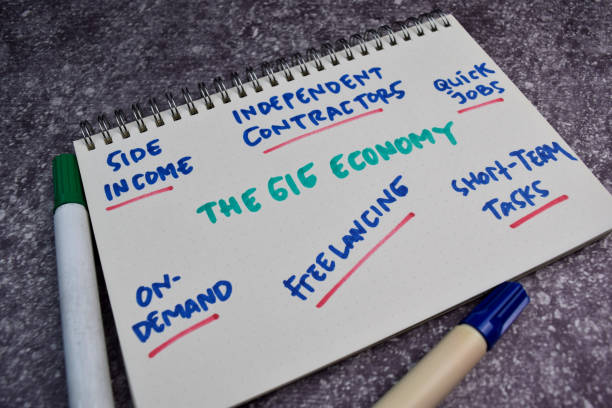Life insurance serves as a cornerstone of financial planning, offering protection and peace of mind to individuals and their loved ones. Among the myriad of life insurance options, whole life insurance and universal life insurance stand out as popular choices, each with its own set of features and benefits. In this comprehensive guide, we’ll unravel the intricacies of whole life insurance and universal life insurance, exploring their pros and cons to help you make informed decisions about your life insurance needs.
Understanding Whole Life Insurance
Pros:
1. Guaranteed Death Benefit:
- Whole life insurance provides a guaranteed death benefit, ensuring that your beneficiaries will receive a predetermined sum upon your death. This certainty offers peace of mind and financial security to your loved ones, allowing them to maintain their standard of living and cover expenses in your absence.
2. Cash Value Accumulation:
- Whole life insurance policies accumulate cash value over time, serving as a tax-deferred savings component. The cash value grows at a guaranteed rate, providing a source of liquidity that you can access through policy loans or withdrawals for various financial needs, such as emergencies, education expenses, or supplemental retirement income.
3. Fixed Premiums:
- Whole life insurance premiums remain fixed for the duration of the policy, providing predictability and stability in your financial planning. With fixed premiums, you can budget for insurance costs with confidence, knowing that your premiums will not increase as you age or if your health deteriorates.
Cons:
1. Higher Premiums:
- Whole life insurance typically has higher premiums compared to term life insurance, reflecting the lifelong coverage and cash value accumulation feature of the policy. The higher cost of whole life insurance may be prohibitive for some individuals, particularly those seeking affordable coverage or temporary protection.
2. Limited Flexibility:
- Whole life insurance offers limited flexibility in terms of premium payments, coverage amounts, and investment options. Once you’ve chosen a whole life insurance policy, making changes or adjustments may be challenging, and you may have fewer opportunities to customize the policy to suit your evolving needs and circumstances.
Exploring Universal Life Insurance
Pros:
1. Flexible Premiums and Coverage:
- Universal life insurance offers flexibility in premium payments and coverage amounts, allowing policyholders to adjust their insurance coverage and premium payments based on changing financial needs and circumstances. This flexibility makes universal life insurance well-suited for individuals with fluctuating income or evolving financial goals.
2. Cash Value Growth Potential:
- Universal life insurance policies feature a cash value component that grows based on interest rates and investment performance. Unlike whole life insurance, universal life insurance policies may offer higher potential for cash value accumulation, providing policyholders with the opportunity to build substantial savings over time.
3. Investment Options:
- Universal life insurance policies often offer a range of investment options within the cash value component, allowing policyholders to allocate funds to various investment vehicles, such as stocks, bonds, or mutual funds. This investment flexibility enables policyholders to potentially earn higher returns on their cash value compared to the guaranteed rate offered by whole life insurance.
Cons:
1. Interest Rate Risk:
- Universal life insurance policies are sensitive to changes in interest rates, as the cash value accumulation is tied to prevailing interest rates. In a low-interest-rate environment, policyholders may experience lower returns on their cash value, reducing the growth potential of the policy and affecting its long-term sustainability.
2. Complexity:
- Universal life insurance policies can be complex and difficult to understand, particularly for individuals who are not familiar with insurance and investment concepts. The multitude of options, including premium payment structures, coverage types, and investment strategies, may overwhelm some policyholders and make it challenging to make informed decisions.
3. Potential for Policy Lapses:
- Universal life insurance policies are susceptible to lapses if the cash value is insufficient to cover the cost of insurance charges and administrative fees. Policyholders must actively manage their policies to ensure that premiums are paid on time and that the cash value remains sufficient to keep the policy in force.
Choosing the Right Policy for You
Considerations:
1. Financial Goals and Needs:
- Assess your financial goals, needs, and risk tolerance to determine which type of life insurance policy aligns best with your objectives. If you prioritize lifelong coverage, cash value accumulation, and guaranteed benefits, whole life insurance may be suitable. If you value flexibility, potential for higher returns, and customizable features, universal life insurance may be more appropriate.
2. Budget and Affordability:
- Evaluate your budget and affordability when selecting a life insurance policy. Compare premiums, coverage amounts, and features of whole life insurance and universal life insurance to determine which policy fits within your budget constraints while providing adequate protection for your loved ones.
3. Consultation with a Financial Advisor:
- Seek guidance from a qualified financial advisor or insurance professional who can assess your individual needs, explain the differences between whole life insurance and universal life insurance, and recommend the most suitable policy based on your financial circumstances and objectives.
Conclusion: Making Informed Choices
Choosing between whole life insurance and universal life insurance requires careful consideration of your financial goals, needs, and preferences. Both types of policies offer unique features and benefits, as well as potential drawbacks, that must be weighed carefully to make informed decisions. By understanding the pros and cons of each policy type and consulting with a financial advisor, you can select the life insurance policy that aligns best with your financial situation and provides the protection and peace of mind you and your loved ones deserve.

